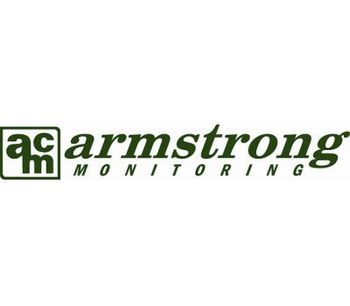
Gas detection & hazardous gas monitoring equipments for battery rooms gas detection - Energy
As lead acid batteries are charged, minute quantities of hydrogen (H2) gas are produced. Normally, the amount of hydrogen generated during charging is not of a sufficient quantity to cause concern. There are instances however, where for various reasons, hydrogen may accumulate to create potentially hazardous gas conditions.
Battery back-up installations for equipment such a...
Battery back-up installations for equipment such as telephone switching systems and computers are normally situated in small rooms with little ventilation. This confined space provides an excellent opportunity for hydrogen to accumulate and reach combustible levels.
In most instances, the sensor/transmitter is mounted on the ceiling, while the monitoring panel is mounted outside the room. Any build-up will cause an alarm and/or initiate ventilation.
A second common application is in warehouses where battery powered forklifts are used. Charging stations are commonly lined up in areas where a large number of vehicles can be charged simultaneously. Because of the size and number of batteries, dangerous levels of H2 can accumulate.
Key Factors:
- Relative density of hydrogen is 0.069. Therefore sensors should be mounted at or near the ceiling, away from any source of fresh air, which may dilute the sample.
- Remote sensors are normally used, with panels being mounted away from hydrogen source.
Equipment Recommendations
The AMC-360 Series combustible gas sensor/transmitters use catalytic pellistor sensors to provide excellent value for their very high performance. For typical battery charging applications, the AMC-360 is typically connected to our AMC-1A Series monitor, but for larger spaces the AMC-1400 , or AMC-1800 could also be used.


